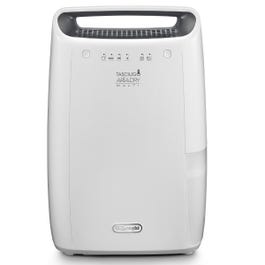House burping — what is it and why should we be doing it in the colder months?
Not heard of house burping? Here's the lowdown on what it is, when you need to do it and why it matters. But don't worry if you think it sounds unpleasant it's actually quite refreshing
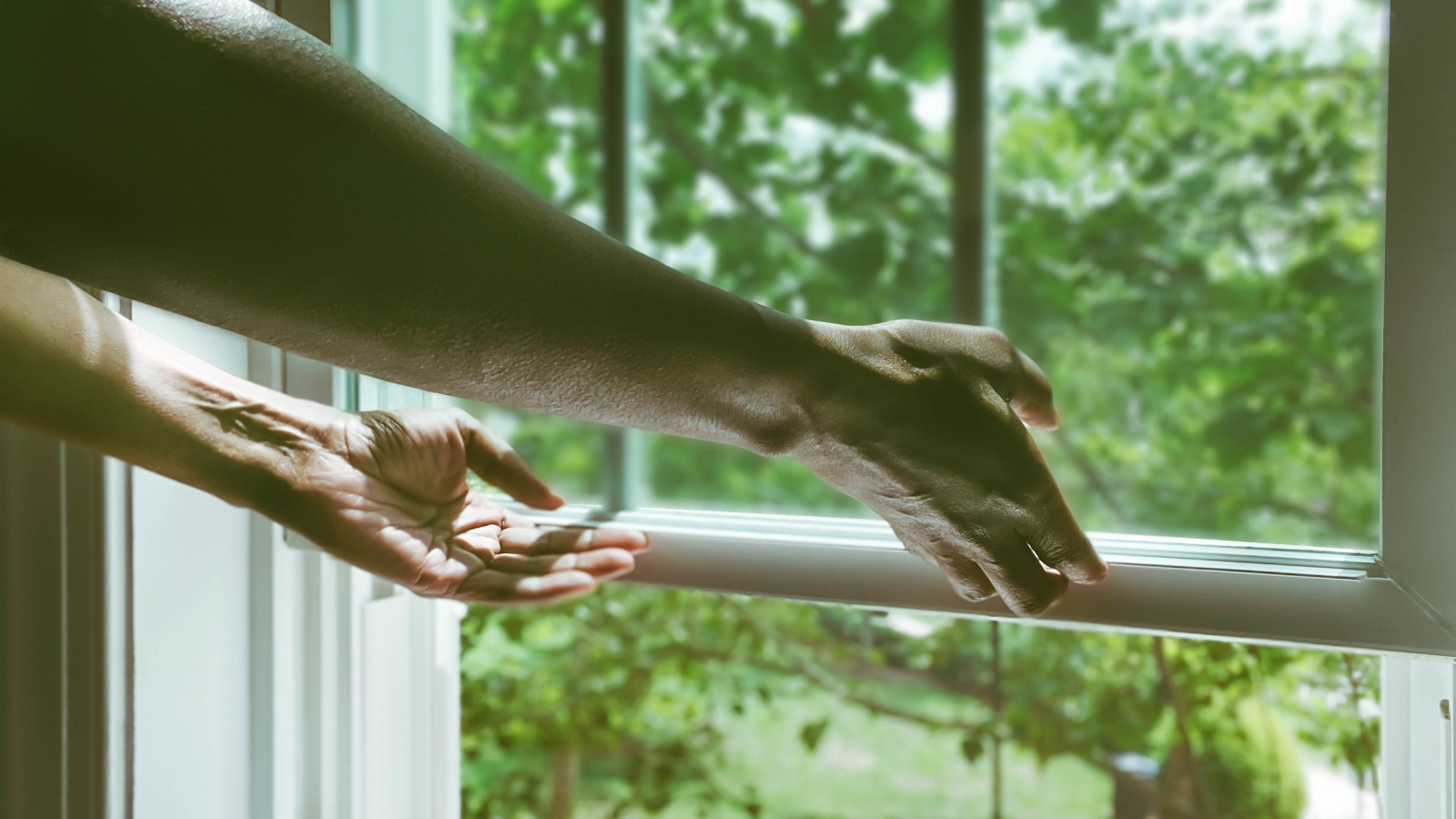
If you've ever heard the term 'house burping' you could be mistaken for thinking it must be related to your bathrooms or kitchens and the noises that sometimes emanate from our drainage systems, when sinks and drains gurgle after use.
But, while your ensuite or shower room will certainly benefit from house burping, it's not a job that's restricted to just one space.
The good news is that house burping is a lot less noisy and, unlike human burping, you won't need to apologise for it happening. Intrigued? Read on to find out more about the trend of house burping and how it plays a part in your home ventilation.
What is house burping and where does the term come from?
"Despite what you may assume, house burping is actually the process of opening the windows in your home for short bursts, usually for around 10 minutes at a time," explains Helen O’Connor, product manager at 247 Blinds.
“There are many European countries known for their practice of airing out the home, but the idea of house burping came from a particular tradition in Germany. ‘Stoßlüften’ which translates to ‘shock ventilation’ in English, is the act of opening windows for short periods of time, even during the cold winter months, in order to circulate fresh air into the home and prevent mould."
“We know this time of the year is usually when people start to worry about mould in a house and damp , particularly how it can start affecting window sills, walls and window dressings," says Helen. "To replicate the German practice of ‘shock ventilation’ the phrase ‘house burping’ was coined as it helps to summarise the tip in a way that is easy to understand and is easy for people to remember - the word ‘burping’ in itself is a bit tongue in cheek, that just means it’s much more likely to stick in your head and it’s a great visualisation.
"Burping your home encourages the circulation of fresh air and prevents condensation, and no window is exempt from condensation, especially in the winter months when we experience a lot of cold weather," she adds. "So, if you’re not letting your home burp," says Helen, "you are cultivating an environment for mould to grow."


Helen O’Conner is the product manager at the Yorkshire-based company 247 Blinds and 247 Curtains. Helen is a self-confessed ‘blind nerd’ who has over 10 years experience in the window dressing industry
Which rooms should we burp the most?
"Cooking, showering and drying laundry indoors all creates humidity during the winter months," says Phil Wood, UK country manager at Contura. "This is bad news for allergy sufferers and makes us more susceptible to airborne winter illnesses such as coughs, colds and flu. Throughout winter keep your whole home well ventilated and ensure good air circulation daily."
“Single-glazed or draughty windows are also a key problem area for mould and mildew growth," adds Helen, meaning if you live in a listed building for example and double glazing isn't permitted, you may find window condensation a re-occurring problem.
However, while house burping is one way of tackling the issue, it's also important to understand how to stop window condensation. Using additional methods can help prevent it from returning and you'll usually need to take a multi-layered approach to the problem.
Buying the best dehumidifier for example, can be another way of tackling excess moisture, providing extra back up for when it's simply too cold to leave your windows open for extended periods of time.
Other tried and tested methods include making sure you have the best bathroom extractor fans working hard behind the scenes to help alleviate the issue, as well as taking steps to extract moisture from your kitchen.
And of course, with vast quantities of water droplets expelled in bedrooms each night as we sleep, we should all be keen to know how to prevent mould in bedrooms.
As the saying goes, 'it's better out than in'. Letting the moisture and humidity out on a regular basis makes for a far more comfortable environment, and prevents more serious problems from developing in the future.
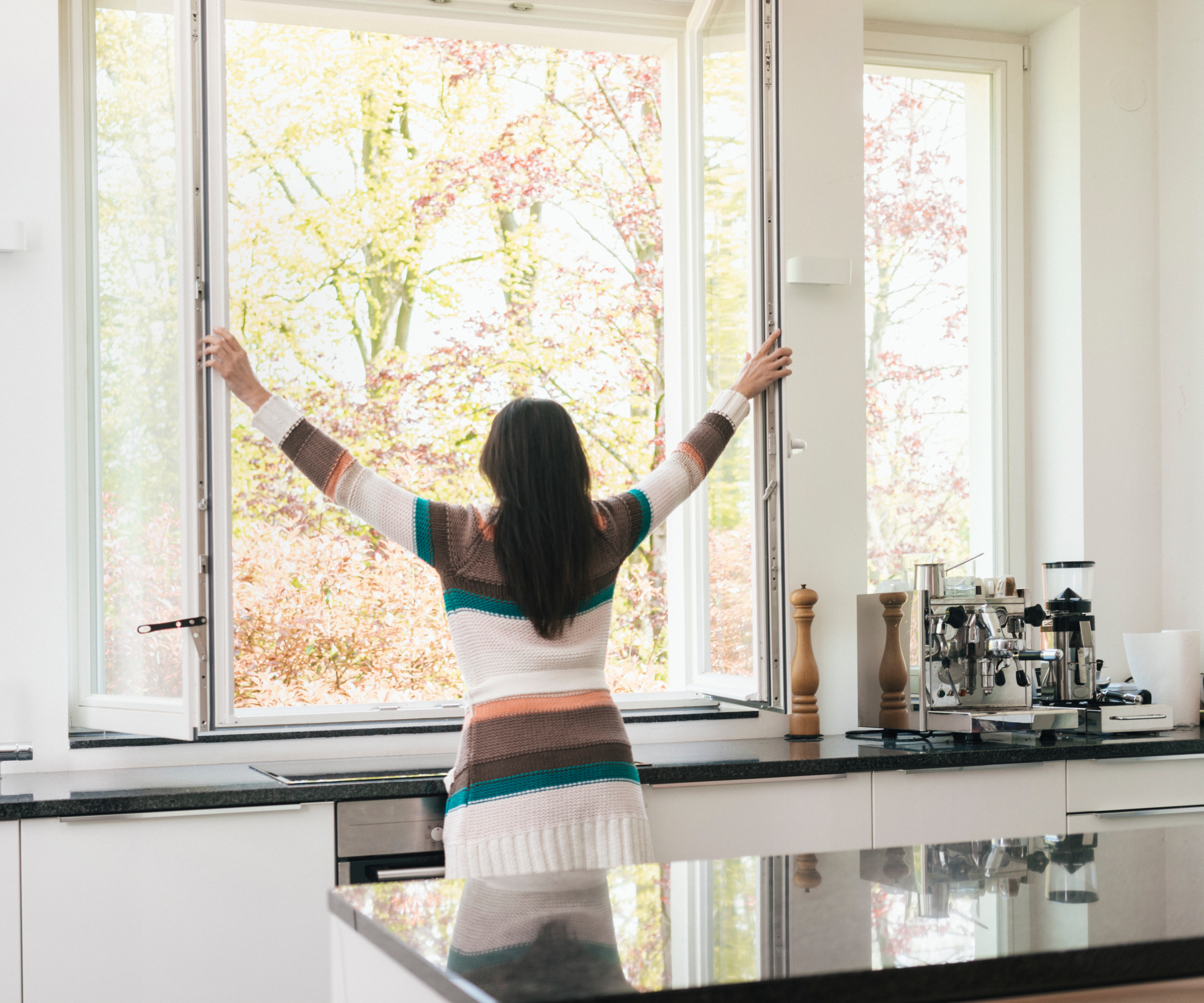
Dehumidifiers we recommend at Homebuilding & Renovating
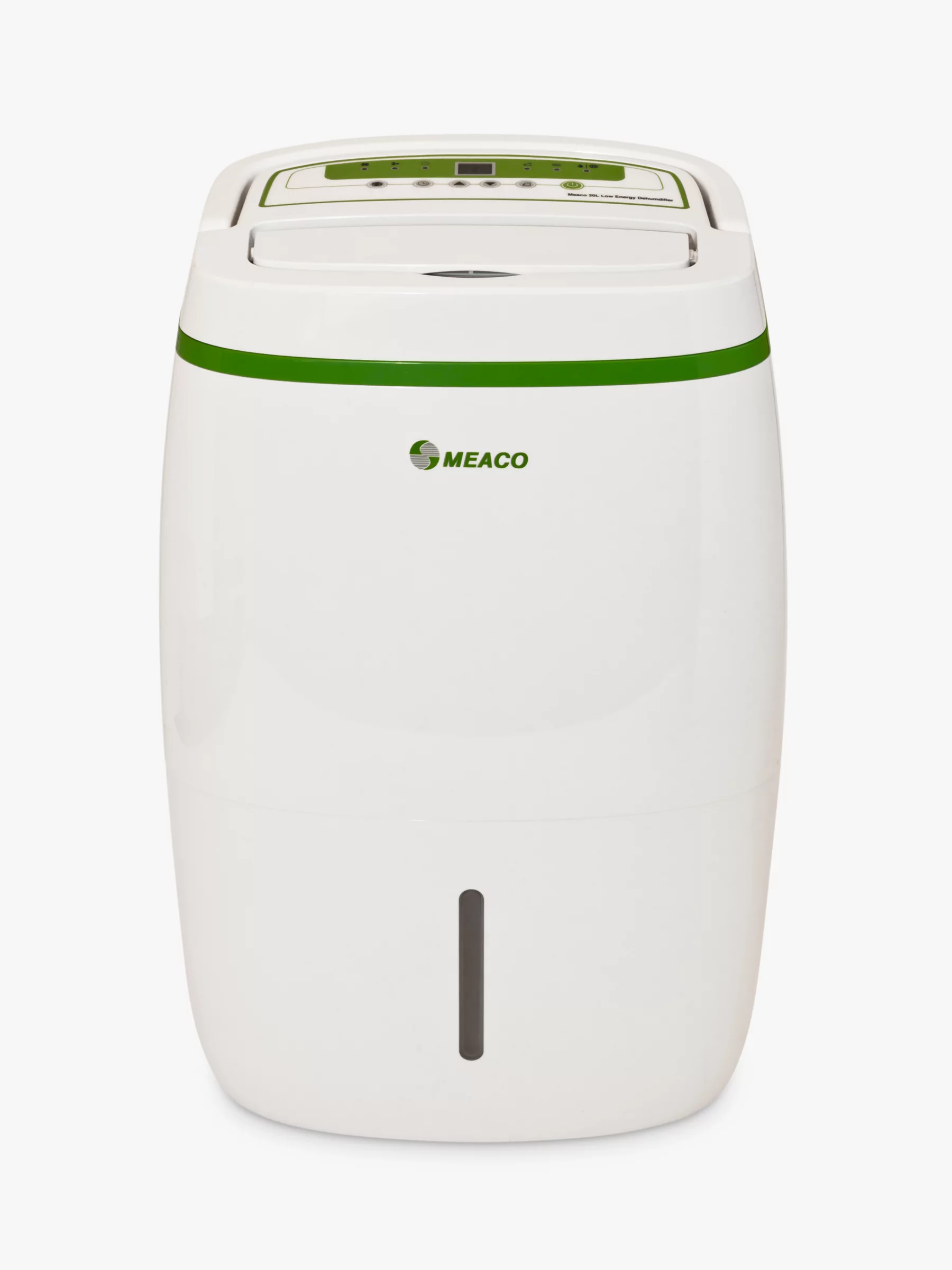
If you live in a three to five bedroom house and suffer from condensation, mould or damp then this model will deliver excellent results.
How else can we use our windows in the fight against mould?
As well as opening our windows, we can also dress them with the right coverings to reduce the risk of mould and damp, says Helen.
“Limit the places where mould can thrive by opting for anti-fungal roller blinds, which are specially coated to resist mould as well as other common bacteria," she says. “Alternatively, faux wooden blinds are water, warp and crack-resistant, meaning frequent cleaning won’t damage them.
"Fitting blinds further forward of the window pane also ensures that moisture won’t become trapped between the glass and the fabric,” she adds.
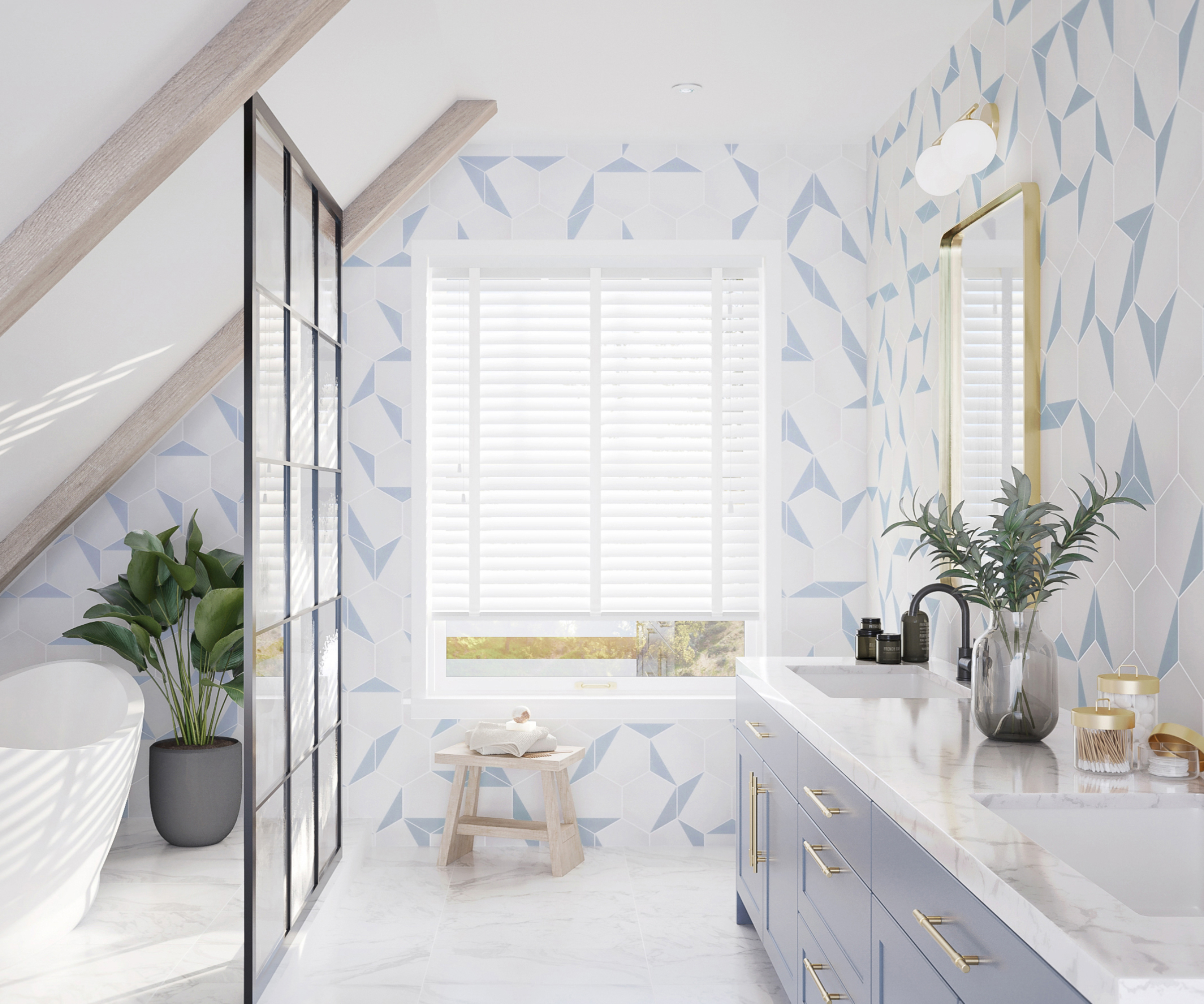
Can you do too much house burping?
Although the recommended time for house burping is 10 minutes, it's worth weighing up the implications of opening your windows.
“Effective ventilation should be done in short bursts," recommends Helen. "Anything too long can start to cause problems, such as heat loss - which makes the home less energy efficient, in turn increasing the cost of bills - and moisture problems.”
While summer is less of an issue (although particularly humid days could be best avoided), opening windows on rainy days will only serve to add more moisture into your home, as it equally will on dew laden mornings. And if you live in a city location, you could be letting unnecessary pollution circulate around your home.
As with any other method of removing moisture from your home, it's always better to make sure you tackle the root of the problem first and use preventative measures wisely.
While we don't suggest for one minute that you now insist on using this term every time you open your windows, or even pat yourself on the back for doing so, it should serve as a reminder that letting fresh air circulate around your home is the best form of natural ventilation you can adopt. And of course, it's also free.
However, if it's also made you sit back and think a little more about how you could improve your home ventilation in general, follow our guides to bathroom ventilation and loft ventilation to help ensure your home is functioning well.
Get the Homebuilding & Renovating Newsletter
Bring your dream home to life with expert advice, how to guides and design inspiration. Sign up for our newsletter and get two free tickets to a Homebuilding & Renovating Show near you.

Sarah is Homebuilding & Renovating’s Assistant Editor and joined the team in 2024. An established homes and interiors writer, Sarah has renovated and extended a number of properties, including a listing building and renovation project that featured on Grand Designs. Although she said she would never buy a listed property again, she has recently purchased a Grade II listed apartment. As it had already been professionally renovated, she has instead set her sights on tackling some changes to improve the building’s energy efficiency, as well as adding some personal touches to the interior.

